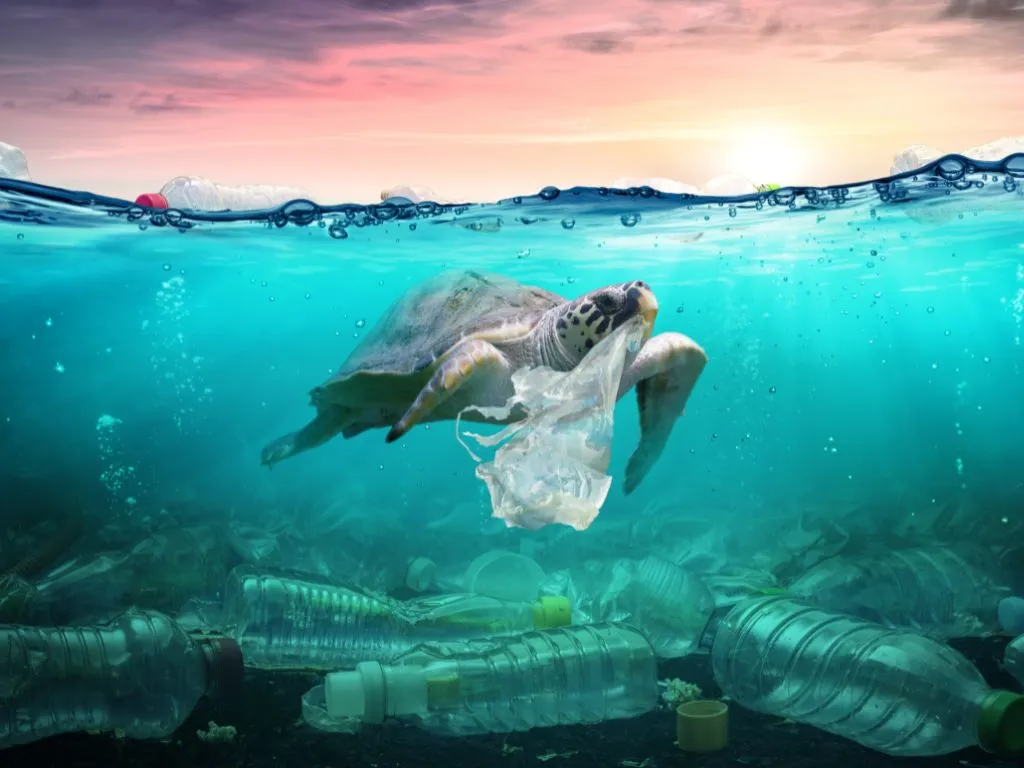News Details

New International Proposal Targets Hazardous Chemicals in Plastics to Fight Pollution
A groundbreaking proposal to establish strict criteria and lists for chemicals of concern in plastics was launched by Norway, the Cook Islands and Rwanda ahead of INC-4 (the fourth session of the Intergovernmental Negotiating Committee to develop an international legally binding instrument on plastic pollution) in Canada in April 2024. This initiative aims to improve global environmental and health safety standards by addressing the full life cycle of plastics, including the chemicals they contain.
Since 2022, the UN has been negotiating a legally binding international treaty to address plastic pollution have been underway at the United Nations (UN). This initiative aims to establish global rules and measures for a circular economy, with a focus on reducing the production and use of plastics, promoting reuse models and redesigning plastic packaging throughout its lifecycle. Priority will be given to addressing plastic packaging, which is a significant contributor to plastic waste. The negotiations, initiated in November 2022 under the Intergovernmental Negotiating Committee (INC), are expected to be concluded by November/December 2024 at INC-5 in Korea.
Background on the Initiative
Given the urgent need to address hazardous chemicals in plastics, the proposed initiative builds on current global efforts to enhance environmental and health safety standards. Current global chemical regulations cover only a limited range of substances, leaving many hazardous chemicals commonly found in plastics unregulated. This oversight persists despite the known risks these chemicals pose to both human health and the environment. To address these concerns, INC members have agreed on the need for a new international legally binding instrument that would enforce stricter control measures and promote sustainable production and consumption of plastics throughout its lifecycle.
The Proposed Approach
The proposal advocates a two-pronged approach to address these risks:
1. Immediate Restrictions: Chemicals already recognized as harmful and restricted in different jurisdictions would be controlled under this new global framework.
2. Generic Risk Management: A broader regulatory approach would be implemented, focusing on chemicals that pose an intrinsic risk to health or the environment, regardless of the level of exposure.
Criteria for Identifying Chemicals
The proposal sets out specific criteria based on the Globally Harmonized System of Classification and Labelling of Chemicals (GHS). These criteria include carcinogenicity, mutagenicity, reproductive toxicity, chronic organ toxicity and endocrine disruption properties. Additionally, persistence, bioaccumulation, and environmental toxicity are key factors for identifying high-risk chemicals.
Draft Lists for Regulatory Action
Two draft lists were proposed:
- List 1: Chemicals for elimination due to their high risk profile and existing regulations in several countries. The list includes:
-
Phthalates (DEHP, DBP, BBP, DIBP).
-
Bisphenols (BPA).
-
Alkylphenols (nonylphenol,4-tert-octylphenol),
-
Flame retardants (TCEP).
-
Metals/metal compounds (cadmium, lead, and their compounds).
- List 2: Chemicals to be minimized and closely monitored due to their hazardous nature. The list includes:
-
Phthalates (DIDP, DNOP, DCHP, DINP, DIPP, DnHP (DHP), DPP, DPENP, DHEXP, PIPP, BMEP, DNUHP, DIHP, DPP(x)).
-
Bisphenols (BPB, BPC, BPF, BPS, BPZ).
-
UV-stabilizers (UV-320, UV-327, UV-350 Chimassorb 944, Tinuvin 770, BP-39).
-
PFASs (GenX,, PFHxA,, ANDONA)
-
Alkylphenols (2-(benzotriazol-2-yl)-4,6-ditert-butylphenol; 2,4-ditert-butyl-6-(5-chlorobenzotriazol-2-yl) phenol; 2,4,6-tritert-butylphenol)
-
Flame retardants (brominated, chlorinated and organophosphorous).
-
Metals, metalloids and metal compounds (antimony, arsenic, chromium, cobalt, molybdenum, tin)
These lists are compiled from a variety of sources, including the latest scientific databases and expert consultations, and are subject to further review and revision.
This proposal was discussed at the recent INC-4 conference, where it was evaluated alongside existing country-led initiatives. The aim was to finalize these lists as part of the new regulatory framework, thereby closing the gap between the limited number of globally regulated chemicals and the large number of unregulated chemicals currently used in plastics.
This proactive approach not only aims to protect human health and the environment, but also supports a safer, more sustainable circular economy for plastics. Further regulatory developments are expected as more countries contribute their assessments and scientific understanding evolves.
We acknowledge that the above information has been compiled from UNEP.

 Twitter
Twitter
